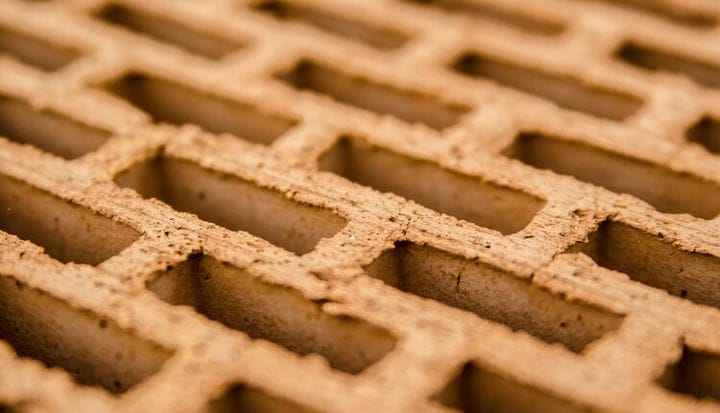Here it is a question of questions, disturbing still immature, but already very inquisitive minds. Children often confuse us with their spontaneity. All of us have had similar problems in childhood. Yes, and as adults, we often encounter ordinary, but interesting phenomena that we cannot explain. Someone did not know or was not interested, someone has already forgotten.
Behind the somewhat ridiculous formulation lies a serious physical theory. The mechanism of wave propagation itself was described in one of the main postulates of the wave theory – the Huygens-Fresnel principle, almost 200 years ago.
The brick, of course, is not square, and not rectangular – it has the shape of a parallelepiped, however, to answer the question, it is important that it is not spherical. The waves from the brick, in turn, will also not be strictly round, but only seeming so to us.
If a brick is thrown so carefully that it touches the water simultaneously with the entire plane of the face, then at the first moment of time the waves will have a rectangular shape. But from the corners of the wave will diverge in a circle. The angles in this case play the role of point disturbances. In water, the pressure spreads equally in all directions, therefore, the waves from the corners will have the shape of a circle without a sector (the sector is occupied by an object). As a result, the waves will form a shape resembling a rectangle with rounded corners. As the distance increases, the size and shape of the object will become irrelevant, and the waves will more and more resemble concentric circles.
This can be easily checked with a long board. At the first moment, the waves from the larger edge thrown into the water of the board will be exactly straight. At a large distance from the point of disturbance, the waves from straight segments will remain straight, but the segments will already be so small in relation to the radius that they will be perceived by us as part of circles.
